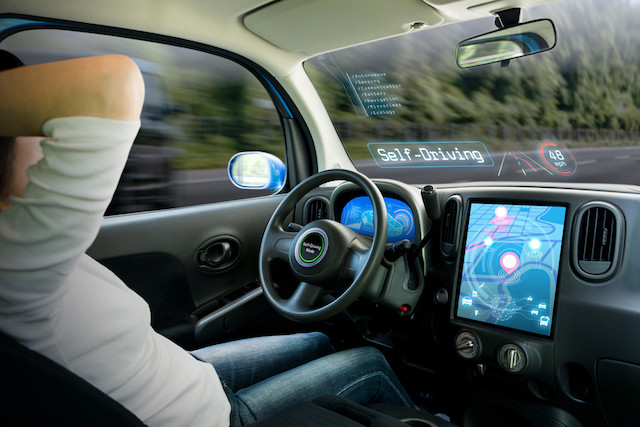The American technology company, which invented the graphics processing units used in gaming and professional markets, builds hardware and software found for self-driving cars.
In his keynote speech at Luxembourg’s Interdisciplinary Centre for Security, Reliability and Trust (SnT) partnership day at Casino 2000 on Tuesday, Nvidia’s Marc Hamilton said that safety is the number one priority. He explained that in its test vehicles Nvidia has a safety driver and safety copilot, in the backseat, observing what the other safety driver is doing.
“We’re always looking to make cars safer. But, the reality is that tens of thousands of people are killed in automobile accidents every year,” Hamilton said. “In order for self-driving to be useful it doesn’t need to be 100% safe and accurate and will probably never get to be 100% safe but if it’s safer than a human driver and saves lives then it’s valuable technology.”
Unlike Tesla CEO Elon Musk, who recently predicted autonomous vehicles would be on the roads by the end of next year, Hamilton was not prepared to put a date on the commercial roll-out of such vehicles. He said that it was up to car companies and government and regulators to decide how long before this would happen. “We believe in the next few years every car should have autonomous capabilities in it for safety reasons, if for nothing else.”
Hamilton’s speech examined the huge GDP potential growth that artificial intelligence offers to countries like Luxembourg. But, the key to harnessing this potential was found in realising the power of data. “The AI programmes of the future are not written by programmers writing “if then else” code. It’s written by taking data and running it through a machine learning algorithm and ending up with a model and validating that model,” he said. Hamilton further explained that Nvidia can be of help in that journey by generating the data required through assimilation when sufficient data cannot be gathered in the field.
